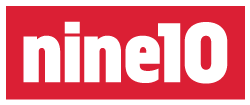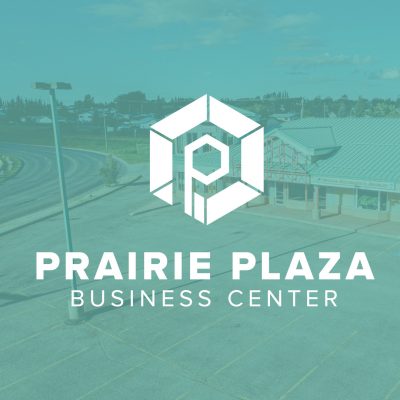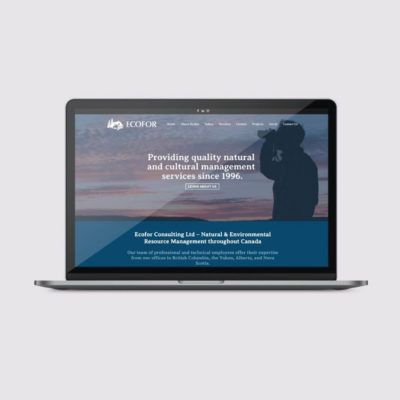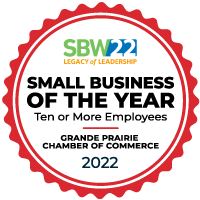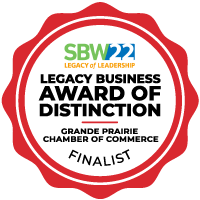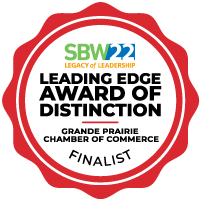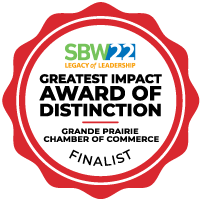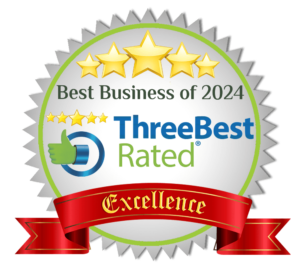Designing a website is a big undertaking for all parties. Like all technology in the 21st century, web design is constantly evolving and expanding. With this technological expansion, comes an expansion to our vocabularies.
Within three decades, web design has grown from simple pages filled with text and colour to multiple pages of interactivity and animation. All of what you see online is created using a complex system of codes. As a client, you won’t need to know all the nitty-gritty technical terms, but being able to understand some basic terms will go a long way in your initial meeting.
And – because you don’t need to know it all – let’s break it down into the basics of web design.
7 Basic Webby Words
1. Responsive Web Design
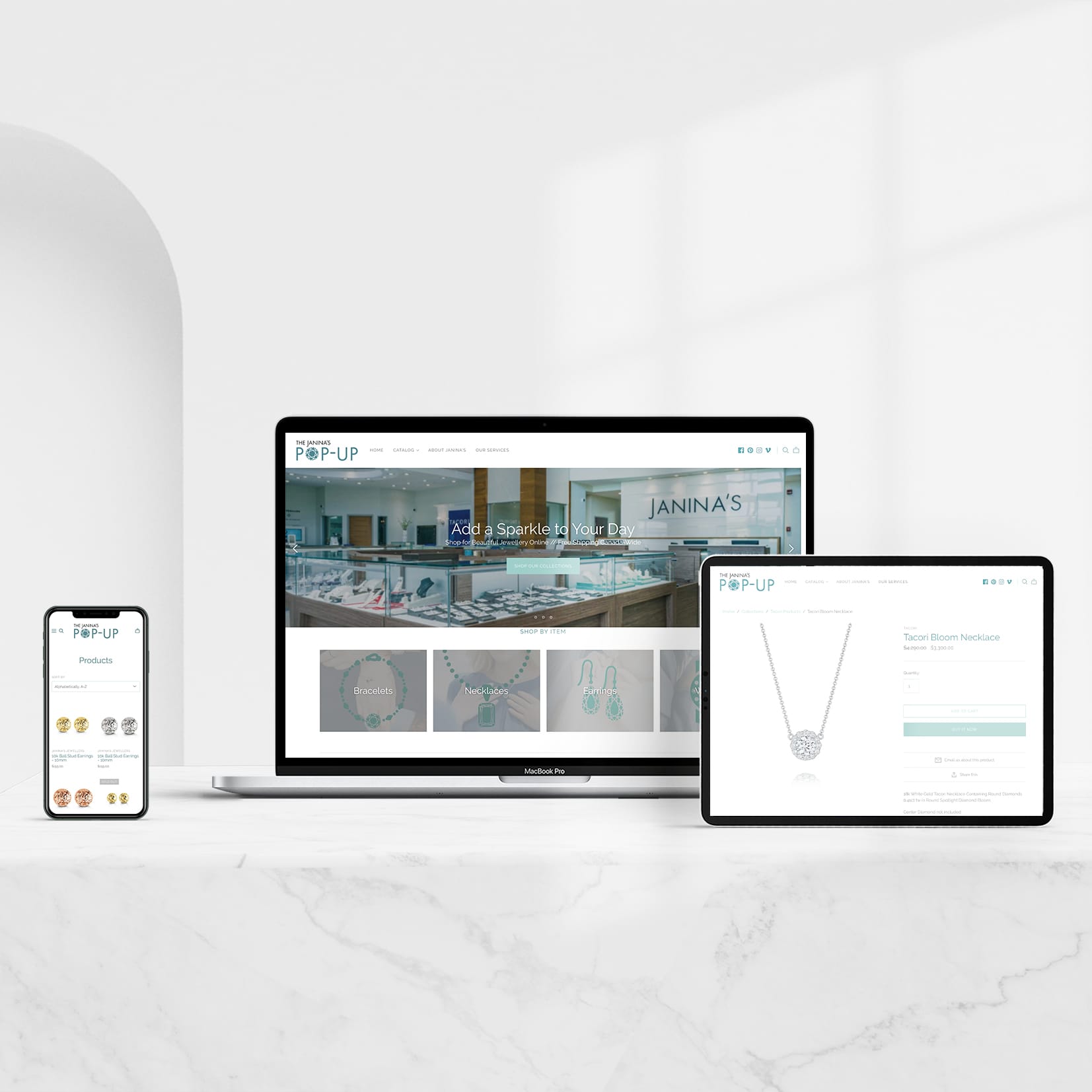
Responsive design adapts a design to various screen sizes by using a grid system of rows and columns. Everything is essentially contained within a box that sits on a shelf. As that shelf gets smaller, we have to adjust how the boxes sit on the shelves. Items that once sat side by side will have to be shuffled so one of the items now sits on a shelf below.
Responsive web design is a relatively new term – or at least ‘new’ by the standards of web design. For a long time, we only viewed websites on desktop computer screens. These screens were (mostly) all the same size so websites were designed to look good on the one screen size. Now we have a nearly endless list of screen sizes – from laptops, tablets, and smartphones, not to mention different monitors and desktop screens. This is where Responsive Web Design joined the party.
2. Domain
Your house needs an address so people can locate it. It’s the same for your website. Your domain is the text that you type into the address bar which leads web browsers through the internet tubes to your website. It’s pretty much like when you give your Uber driver your address and they bring you to your destination.
3. URL

You may be thinking URL and domain mean the same thing, and you’d be partly right. The domain name is like the nickname for the IP address of whatever server your website is hosted on. Domains are often short and catchy so that people can remember then and so they fit nicely on marketing material. A URL is the entire web address for a site or website page.
Domain: nine10.ca
URL: https://www.nine10.ca/
Generally, when you type a domain into a web browser it will add the rest of the URL so that it can properly find the website you are looking for. The various pieces in the URL include the protocol (https://), the subdomain (www.), the top-level domain (.ca) and the secondary-level domain (nine10). All the extra letters in the URL give the computer more directions when looking for a website.
4. Hosting
The content of your website has to be “hosted” somewhere, simply it needs somewhere to live so it can be found by your browser. Your website files live on a server that is connected to the internet and serves up your website to people who visit it. Where your website is hosted can impact how your website functions. Ideally, your server will load your website quickly and it will reliably keep your site visible on the world wide web.
5. Site Map
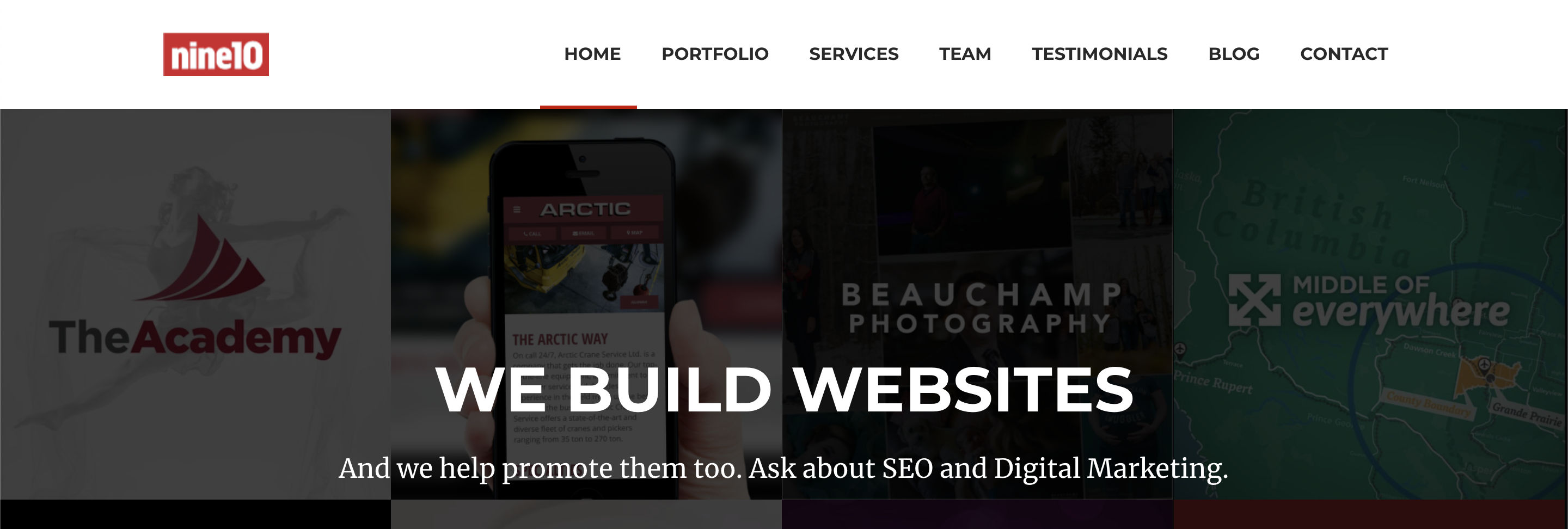
One of the first things we like to start with in a website kick-off is creating a site map. The site map is a blueprint of the pages we’ll be creating for the website. It shows the hierarchy of where pages will live and roughly maps out the navigation for your website. The site map helps determine the cost of the site, as well as what kinds of content, will be needed for the project.
Since we are a content-first agency, this step is vital for a smooth project. When we have a general idea of what content is needed (and wanted!) on the website, we’re more likely to create a site that fits all your desires.
6. Landing Page
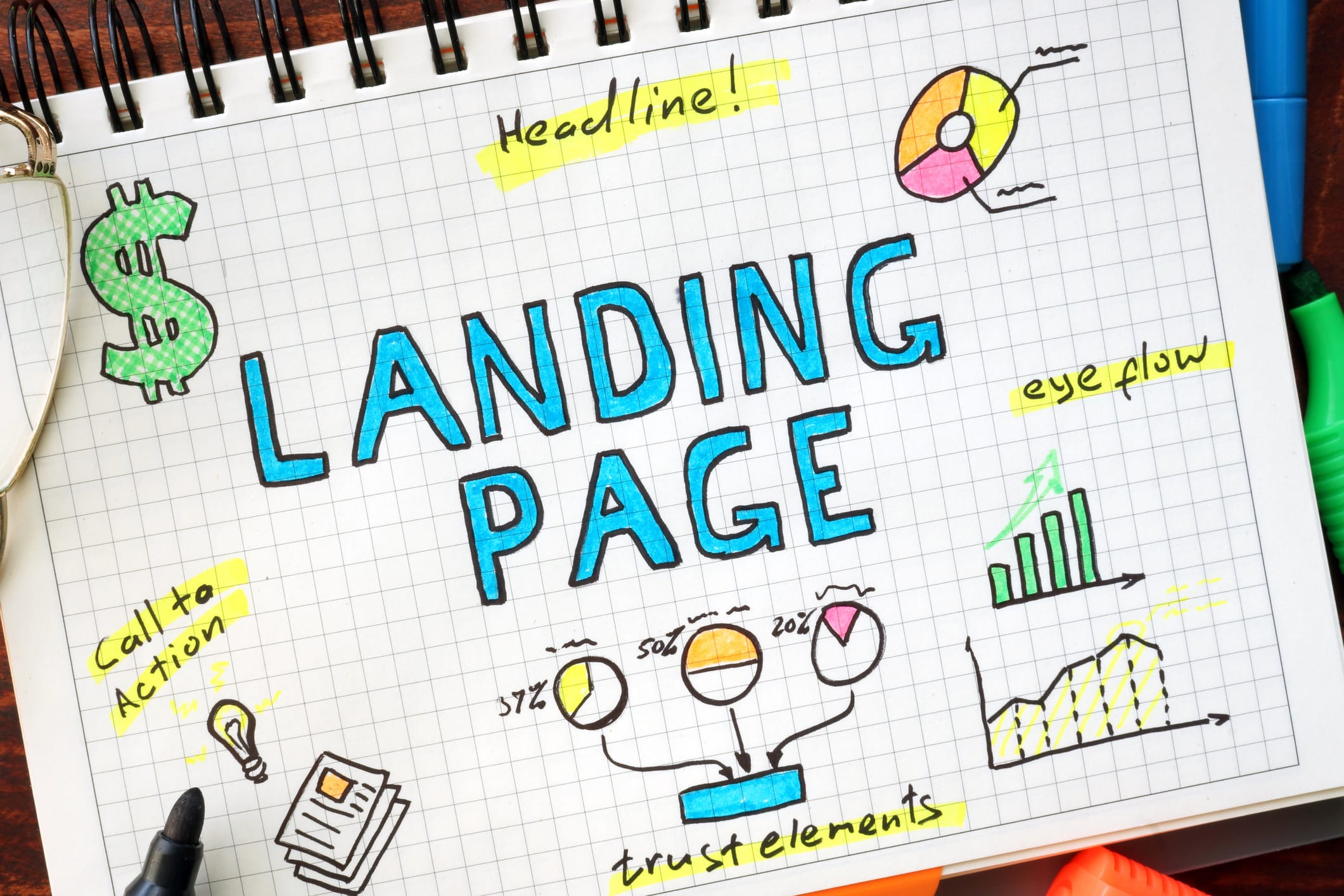
Landing pages are used to support specific marketing campaigns and contain only the information users will need related to the campaign. The page will drive the user to take a specific action such as filling out a form or placing a phone call. By only using relevant information, it keeps the user focused on your specific marketing goals and makes them more likely to convert and become a lead.
A question we get asked fairly often: “How is a landing page different from my website?” It sometimes seems redundant to create what seems like another website that contains similar information, but a landing page is used to direct users to take a specific action based on a marketing campaign. You generally don’t have control over where a user will click on while viewing your website.
A landing page, on the other hand, allows you a greater amount of control to direct users to specific actions.
7. CMS

CMS is short for Content Management System. At nine10 we use WordPress as our CMS. It’s one of the most commonly used content management systems. A CMS makes it easier for anyone to make edits to a website. It makes it possible for you to revise a paragraph or add a new photo without having to go into the code of the website. Here at nine10, part of your website package includes training on working with your website’s CMS so you can easily edit or add content without needing our assistance.
Questions About Websites?
Contact us today to set up a consultation to see how our team can help you establish an online presence.
